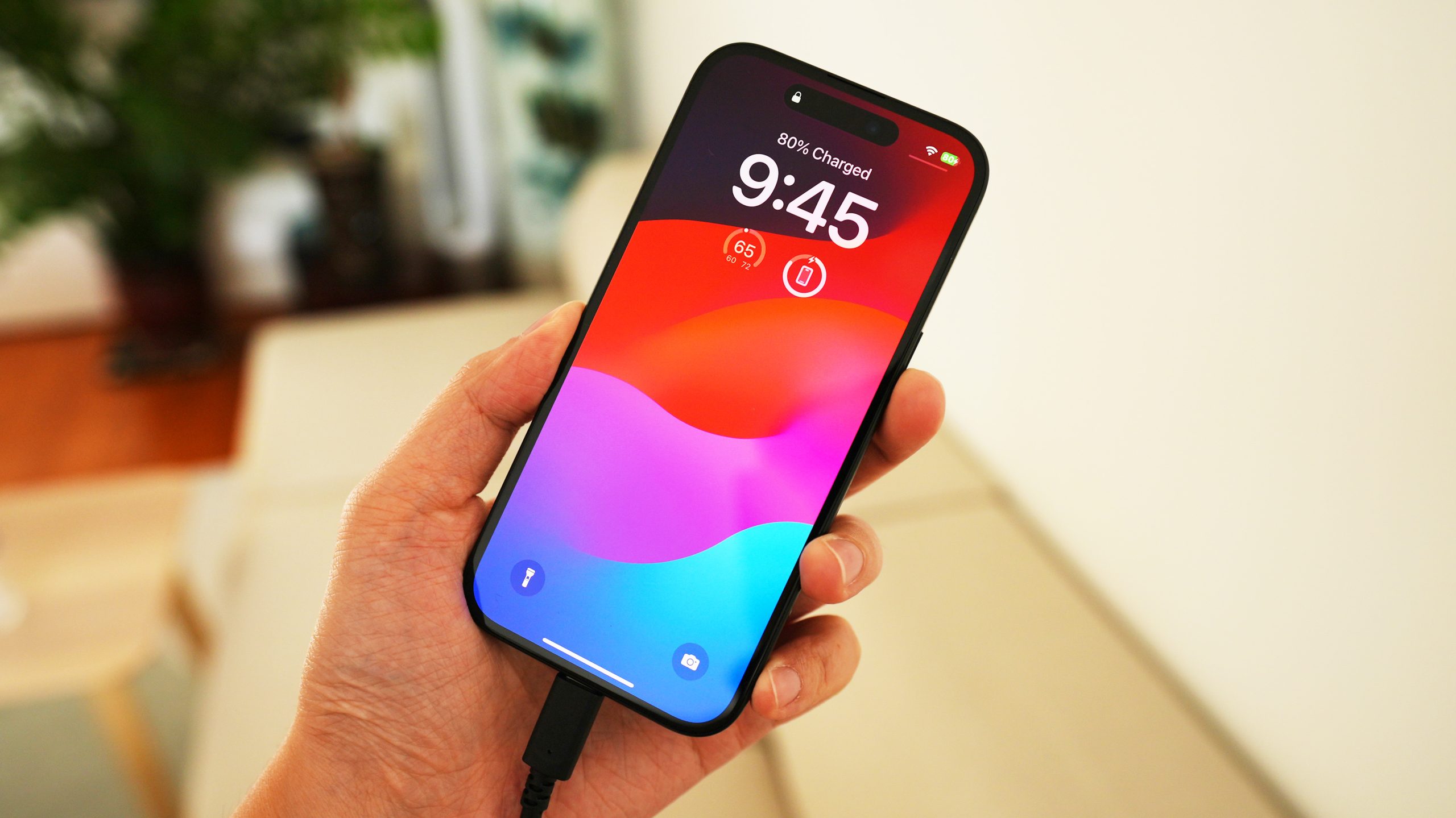June Wan/ZDNET
I fear that the tech media bears some responsibility for the over-attention, sometimes to the point of obsession, with the battery life of their smartphones. It amazes me how closely some smartphone owners monitor their devices.
We constantly monitor the health of our smartphone.
To be honest, I’m like that too. A little? Not really. A lot !
When the battery starts to drain faster than normal
And if there’s one thing we battery watchers are good at spotting, it’s when the battery starts to drain faster than normal. Because there’s nothing easier to notice than a battery going from 100% to 99%.

iPhone battery meter goes from 100% to 99%. Adrian Kingsley-Hughes/ZDNET
When the battery was new, it was able to stay at 100% for a few hours. But after a few months of use, the transition from 100% to 99% happens much more quickly.
But why ? And is this really a problem? No, it’s nothing more than normal battery wear and tear.
Designed to retain up to 80% of its original capacity after 500 cycles
Each charge/discharge cycle that your iPhone undergoes uses up the battery a little.
According to Apple, your iPhone battery is designed to retain up to 80% of its original capacity after 500 full charge cycles.
You can see this measurement by clicking on Settings >> Battery >>Battery health status and chargingunder the heading Maximum capacity.

Battery status on IOS 17.03 shows maximum capacity./ZDNET France.
The maximum capacity figure
The more you use your phone, the more the battery wears out. It’s physics. And you can’t change the laws of physics!
In summary: As part of the normal process of battery wear, your battery will lose approximately 1% of its battery life. maximum capacity every 25 cycles.
This affects how quickly your iPhone battery drains. In other words, an old iPhone charged to 100% retains less charge than a new iPhone charged to 100% due to this wear and tear.
But things are actually more complicated.
If you look at this figure of Maximum capacityyou’ll notice when your iPhone is new that it takes weeks or even months before that 100% maximum capacity increases to 99%.
How is it possible ?
Because your iPhone battery has real capacity superior to that announced by Apple! Since batteries naturally vary in capacity, Apple would prefer your battery to have a slightly higher capacity, not lower, than what is listed on the data sheet.
What are the signs of a dying battery?
If this interests you, know that via iOS it is possible to know the capacity of your battery when it was new, its current capacity, its nominal capacity and the number of charge cycles it has undergone.
You did not understand ? Don’t worry ! In simple terms, this means that when your battery is new, it can hold more energy than its rated capacity (that advertised by the smartphone manufacturer, Apple here), allowing it to stay at 100% longer.
Is this slow erosion of how long your battery stays at 100% a problem? No ! This is just normal wear and tear on a battery.
That said, there are a few habits you can adopt to take the strain off your battery and reduce additional wear and tear:
- use a good quality charger – Apple brand or third party manufacturer.
- Keep your iPhone at room temperature as much as possible, so don’t leave it baking in the sun or under a car windshield all day.
- Don’t leave your iPhone on a charger all the time, because a battery is made to be used!
- keep your iPhone updated, because, yes, iOS updates can actually improve battery health.
Conversely, what are the signs of a dying battery?
Here is what I observe:
- fast discharge in a few hours
- sudden drop in performance when high resources are required (for example with a demanding game)
- inability of the smartphone to recharge to 100%
- physical damage such as swelling or overheating
These signs indicate that your battery is worn out. But remember that all is not lost! It is not very complicated to have it replaced, which will give your iPhone a new lease of life.
Source: “ZDNet.com”
